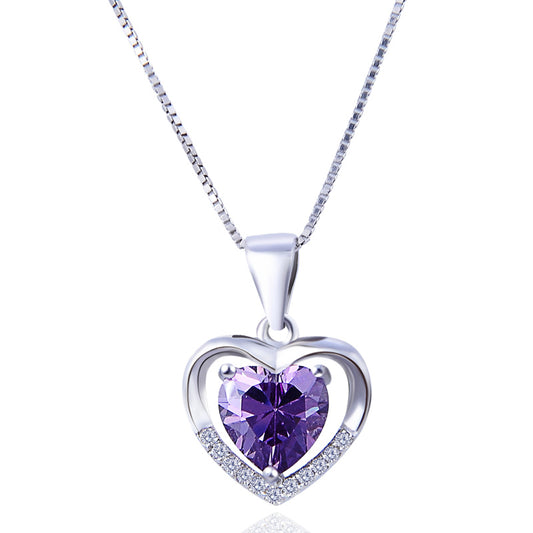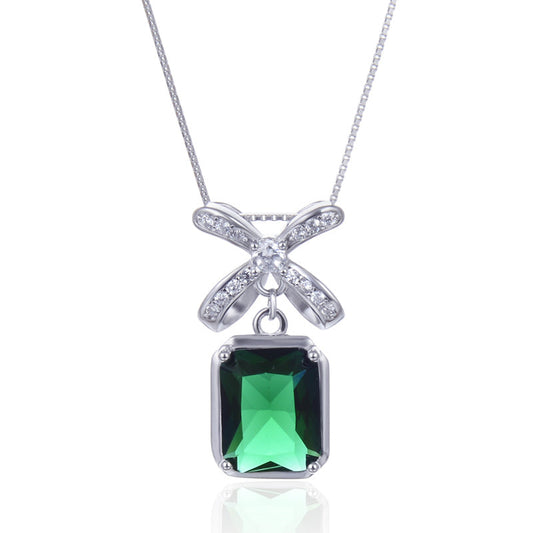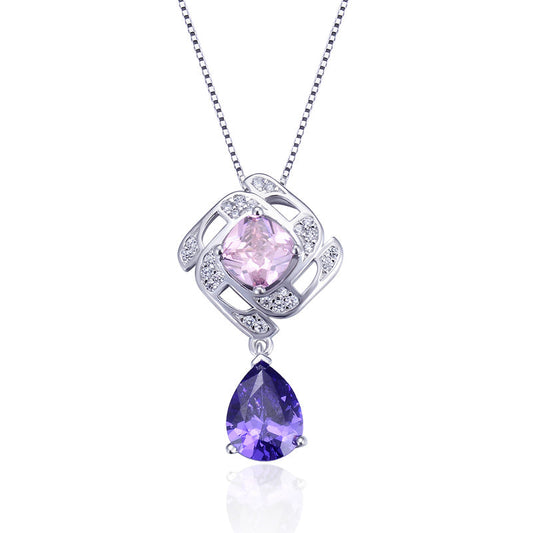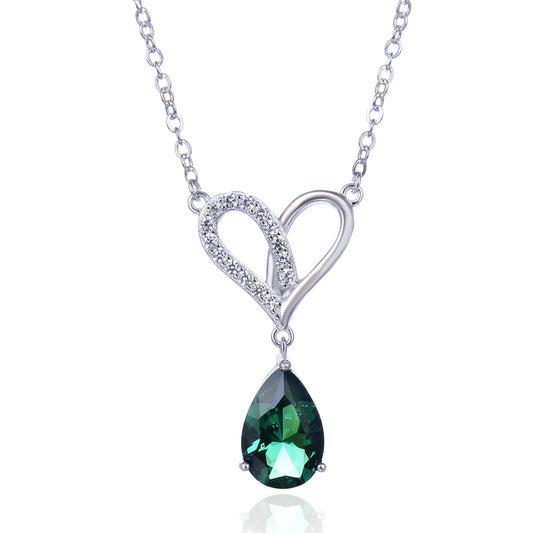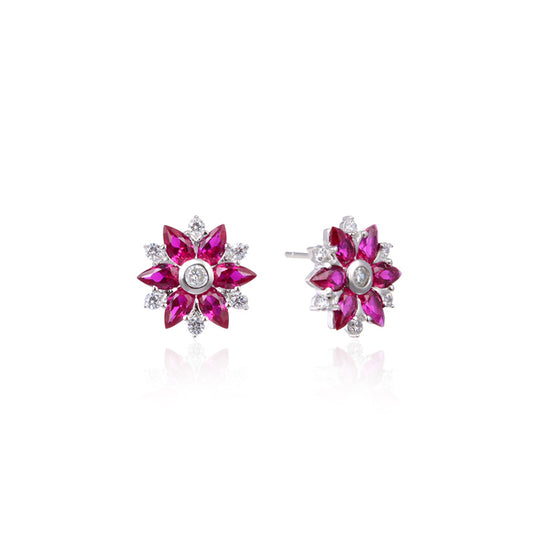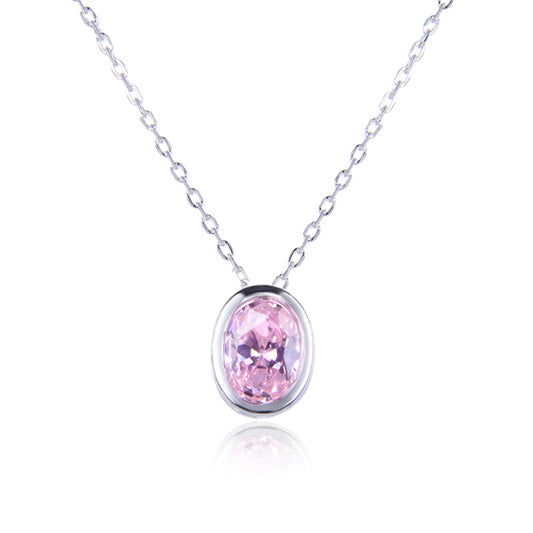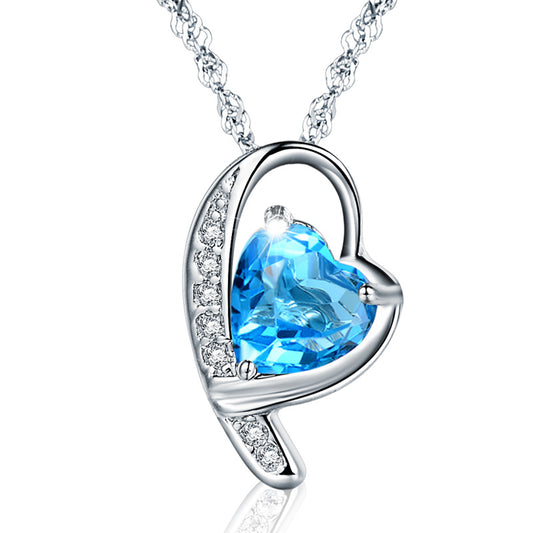What Does Valentine's Day Mean? An In-Depth Exploration of the Holiday's History, Significance, and Global Celebrations
Valentine's Day, also known as Saint Valentine's Day or the Feast of Saint Valentine, is celebrated annually on February 14th. It is a day marked by expressions of love, affection, and friendship, often through the giving of flowers, chocolates, jewelry, or other gifts. But what does Valentine's Day really mean? Where did it come from, and how has it evolved over time? In this comprehensive guide, we'll delve into the rich history and cultural significance of Valentine's Day, drawing from Wikipedia resources and recent news reports from around the globe.
Origins and History
The origins of Valentine's Day can be traced back to ancient Roman festivals and Christian martyrs. One popular theory links the holiday to the Roman festival known as Lupercalia, a fertility festival celebrated on February 15th in honor of Faunus, the Roman god of agriculture, and Feronia, the goddess of fertility. This festival involved rituals designed to promote fertility and purify the city of Rome.
However, the more widely accepted origin story connects Valentine's Day to Saint Valentine, a Christian martyr. According to legend, Valentine was a priest who defied Emperor Claudius II's ban on marriage for young men, secretly performing marriages for soldiers who were forbidden to wed. When Claudius found out, he had Valentine executed. Before his death, Valentine is said to have sent a letter signed "From your Valentine" to the daughter of his jailer, thus inspiring the modern-day tradition of sending Valentine's cards.
Cultural Significance
Over the centuries, Valentine's Day has evolved from a religious commemoration into a widespread cultural phenomenon. Today, it is celebrated in many countries around the world, with each culture adding its own unique traditions and customs.
In the United States, Valentine's Day is a significant commercial holiday, with billions of dollars spent annually on gifts such as flowers, chocolates, jewelry, and greeting cards. It's also a popular day for proposing marriage or expressing romantic feelings.
In Europe, Valentine's Day traditions vary by country. In some places, like the UK, it's customary to send anonymous Valentine's cards, often with humorous or romantic messages. In France, the day is known as "la Saint-Valentin," and people often exchange gifts like flowers, chocolates, and jewelry. In Italy, Valentine's Day is called "San Valentino," and it's a popular day for lovers to exchange gifts and declarations of love.
Modern Celebrations
In modern times, Valentine's Day has become a global celebration of love and affection. It's not just limited to romantic relationships but also includes expressions of friendship and family love. Here are some of the ways people around the world celebrate Valentine's Day:
- Exchange of Gifts: Giving gifts is a central part of Valentine's Day celebrations. Flowers, especially roses, are a popular choice, along with chocolates, jewelry, and other romantic items. These gifts are often accompanied by handwritten Valentine's cards expressing love and affection.
- Dining Out: Many couples choose to celebrate Valentine's Day by dining out at a romantic restaurant. Some restaurants offer special Valentine's Day menus and romantic atmospheres to enhance the experience.
- Special Events: Cities around the world host various Valentine's Day-themed events, such as concerts, dances, and art exhibitions. These events provide opportunities for people to come together and celebrate love in a festive atmosphere.
- Social Media Celebrations: In the digital age, social media has become a popular platform for celebrating Valentine's Day. People often take to social media to share messages of love, post photos with their significant others, and interact with friends and family online.
International Perspectives
Valentine's Day is celebrated in many countries worldwide, each with its unique traditions and customs. Here's a look at how some countries celebrate:
- United States: In the US, Valentine's Day is a major commercial holiday, with stores offering special promotions and discounts on gifts. It's also a popular day for proposing marriage, with many couples choosing this special day to take their relationship to the next level.
- Canada: Similar to the US, Valentine's Day is widely celebrated in Canada, with people exchanging gifts, dining out, and attending special events.
- UK and Ireland: In the UK and Ireland, Valentine's Day is often marked by the exchange of anonymous Valentine's cards, known as "valentines." These cards often feature humorous or romantic messages and are sent to friends, family, or secret admirers.
- France: In France, Valentine's Day is known as "la Saint-Valentin" and is celebrated with gifts of flowers, chocolates, and jewelry. It's also customary for couples to enjoy a romantic dinner together.
- Italy: In Italy, Valentine's Day is called "San Valentino" and is a day for lovers to exchange gifts and declarations of love. It's also a popular day for weddings and proposals.
- Japan: In Japan, Valentine's Day has evolved into a unique tradition called "Honmei Choco" (本命チョコ), where women give chocolate gifts to men they are romantically interested in. One month later, on March 14th (known as "White Day"), men are expected to reciprocate with gifts, often white chocolate or marshmallows.
Conclusion
Valentine's Day, with its rich history and diverse global celebrations, has become a universal symbol of love and affection. Whether you choose to celebrate with gifts, dining out, or simply spending quality time with loved ones, this holiday offers an opportunity to express gratitude and appreciation for the special people in your life. So, what does Valentine's Day mean? It means a celebration of love, in all its forms.


